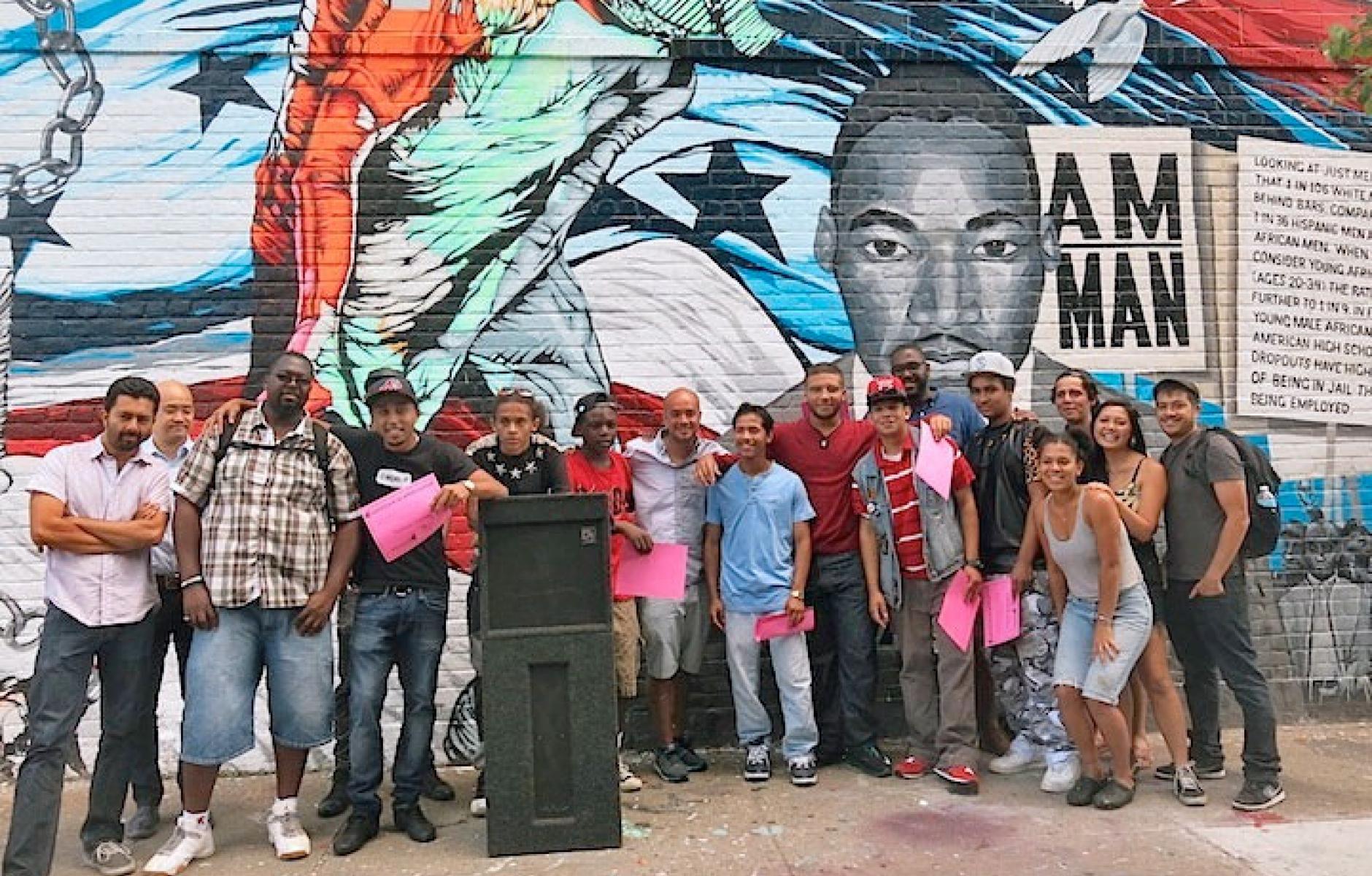
Guiding neighborhood change with place attachment
Gentrification gets a lot of attention these days, and rightfully so. Particularly as it relates to issues of displacement. No one (or at least no one of heart) wants to see anyone forced from their home and from the community they care for and that, oftentimes, cares for them.
The dangled carrot of economic opportunity, coupled with the municipal policies and regulations that shape how it gets consumed, makes for an awfully blunt tool. When applied to more disadvantaged or powerless communities, as it often is, it’s seemingly heartless as well.
That’s no kind of way to build a better places to live.
But there’s another angle as well that gets decidedly less attention: The far more prevalent places — places of pervasive disinvestment and poverty — that aren’t experiencing gentrification. Or anything else. Places defined only by their slow, agonizing decline and ongoing loss of investment and possibility.
Consigning anyone to the prospect of a neighborhood falling down around them, with little opportunity to get by, much less advance and build wealth, is also no kind of way to build a better place to live.
Damned if you do, damned if you don’t. But not always. Some places have more successfully navigated these waters than others which invites the question: What is the magic ingredient in either of the above scenarios — facing gentrification or suffering decline — that makes better outcomes possible? That gives greater voice and power to affected communities?
The answer, I’ve come to believe, is attachment. To each other and to the place held in common. We fight for what we love. When we’re connected in shared affection, we’re both more inclined and more empowered to organize, which allows us to fight harder. That can add up. Not just to a meaningful voice for change but to a legitimate seat at the table.
So what makes for attachment?
Getting at the soul
The Soul of the Community was a roughly three year effort by the Knight Foundation between 2008 and 2010 that “focused on the emotional side of the connection between residents and their communities, examining factors correlated with loyalty to and passionate feelings about place.”
Its findings were extensive (explore the report here) but a few items were of particular note. First, it was found (again and again) that the three things most correlated with attachment and commitment to place are things to do, attractive surroundings in which to do them, and an inclusive spirit ensuring all are welcome. Not the usual metrics — like schools, police, and cost of living — commonly cited in purchase decisions.
Second, it was found that higher levels of attachment translate to higher levels of getting things done, particularly as it relates to local economic opportunity and benefit. That is, when we love our place we’re more passionate about it and that passion fuels the kinds of activities that incrementally pay off.
For communities facing either of the above scenarios, the Soul of the Community’s findings suggest that little things like block parties or setting up a garden or painting a mural, and doing those things in an open and welcoming way, may ultimately pay greater dividends in terms of political currency over time than a few community stalwarts hammering away at city hall for things like better schools, more police on the beat, or more affordable housing.
In short, achieving a stronger sense of place attachment begets a more connected, engaged, organized, and collectively passionate community, which may ultimately be the more effective route to bigger, more tangible ambitions — crime reduction, education and, yes, helping to shape development forces in favor of neighborhood interests.
Place attachment offers the promise of more effectively empowering the powerless — amplifying its voice through deeper connection and shared commitment. That builds a stronger, more unified, more focused constituency which, it would seem, may be the most critical community resource of all.




